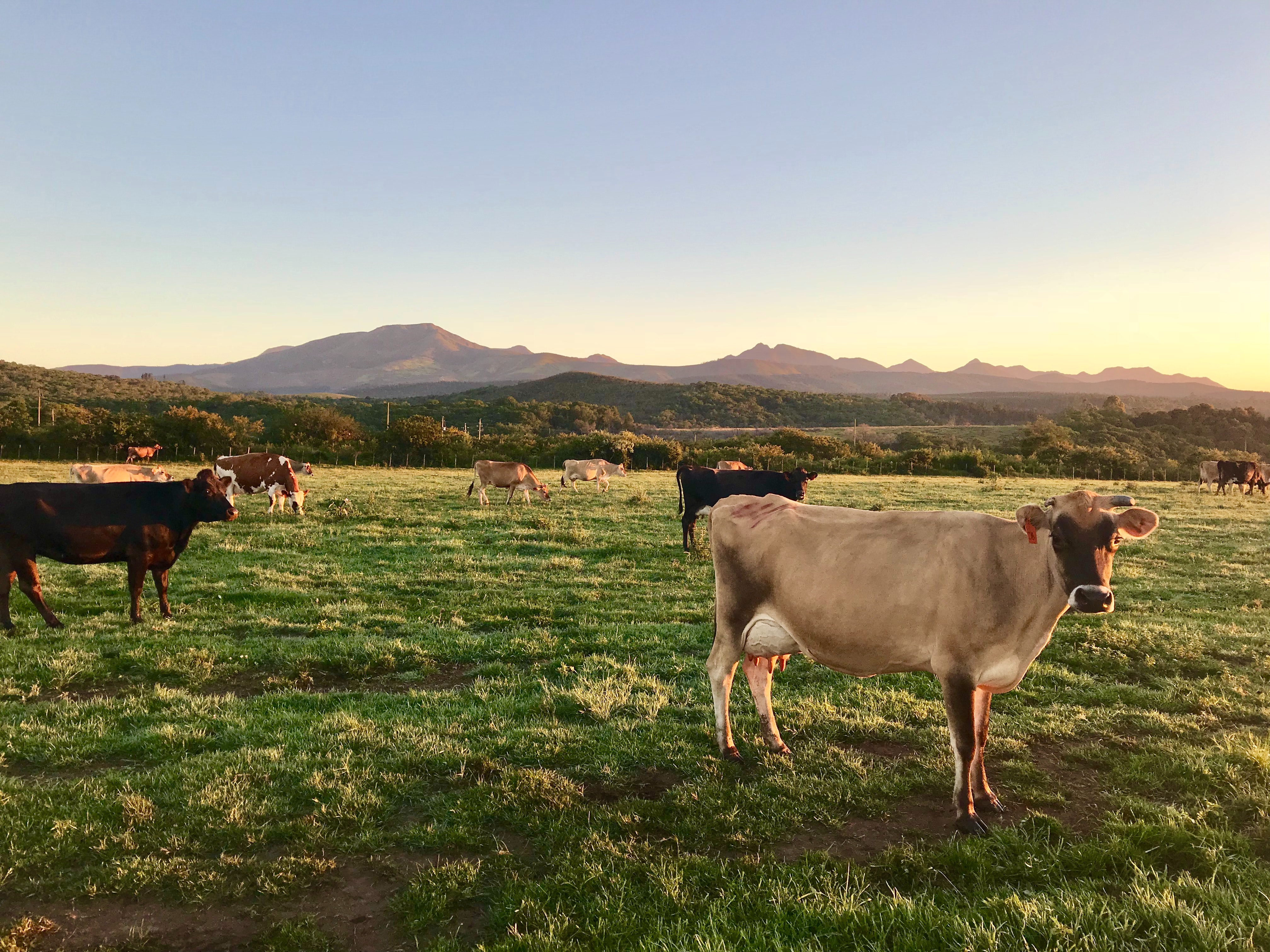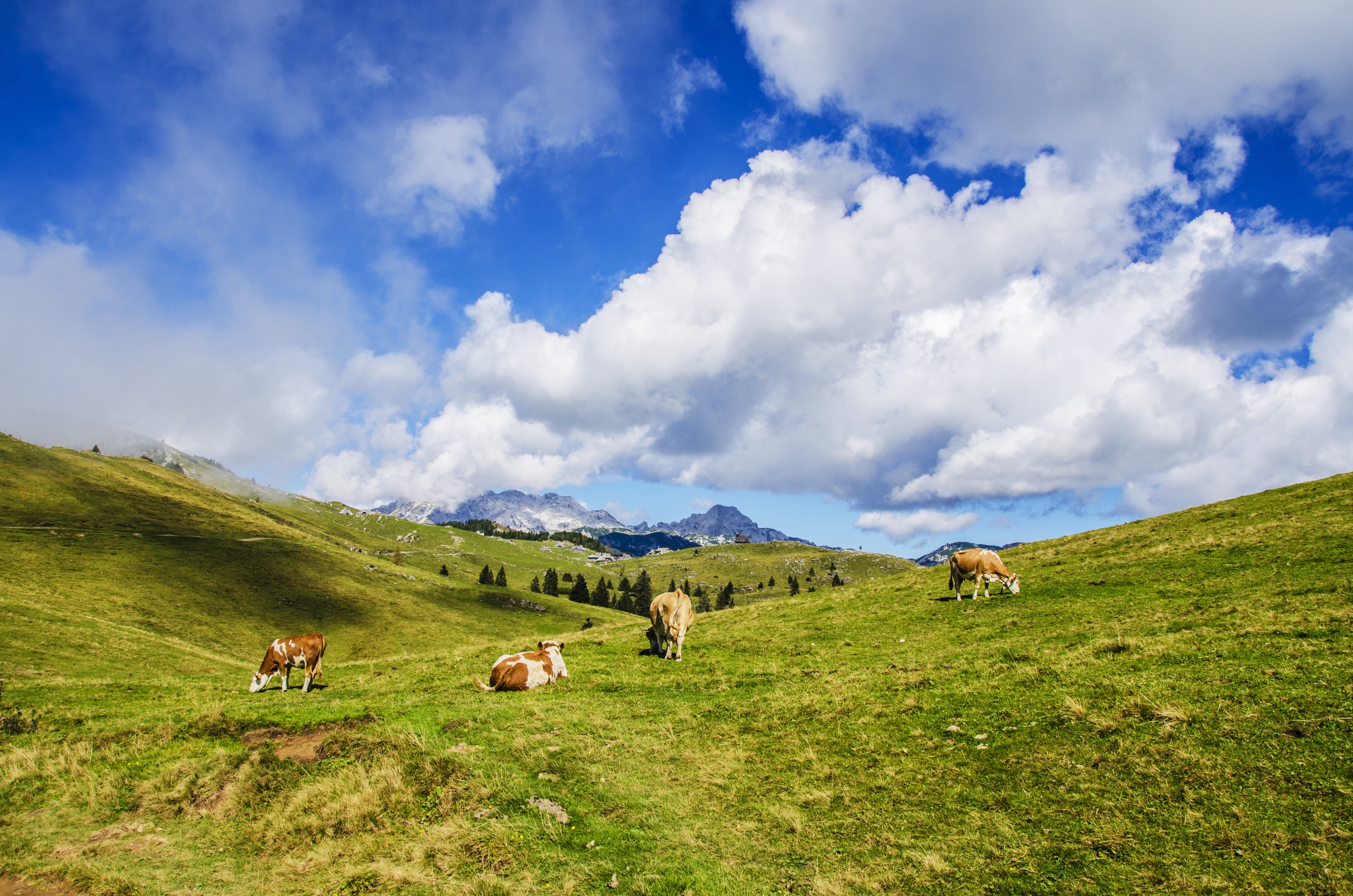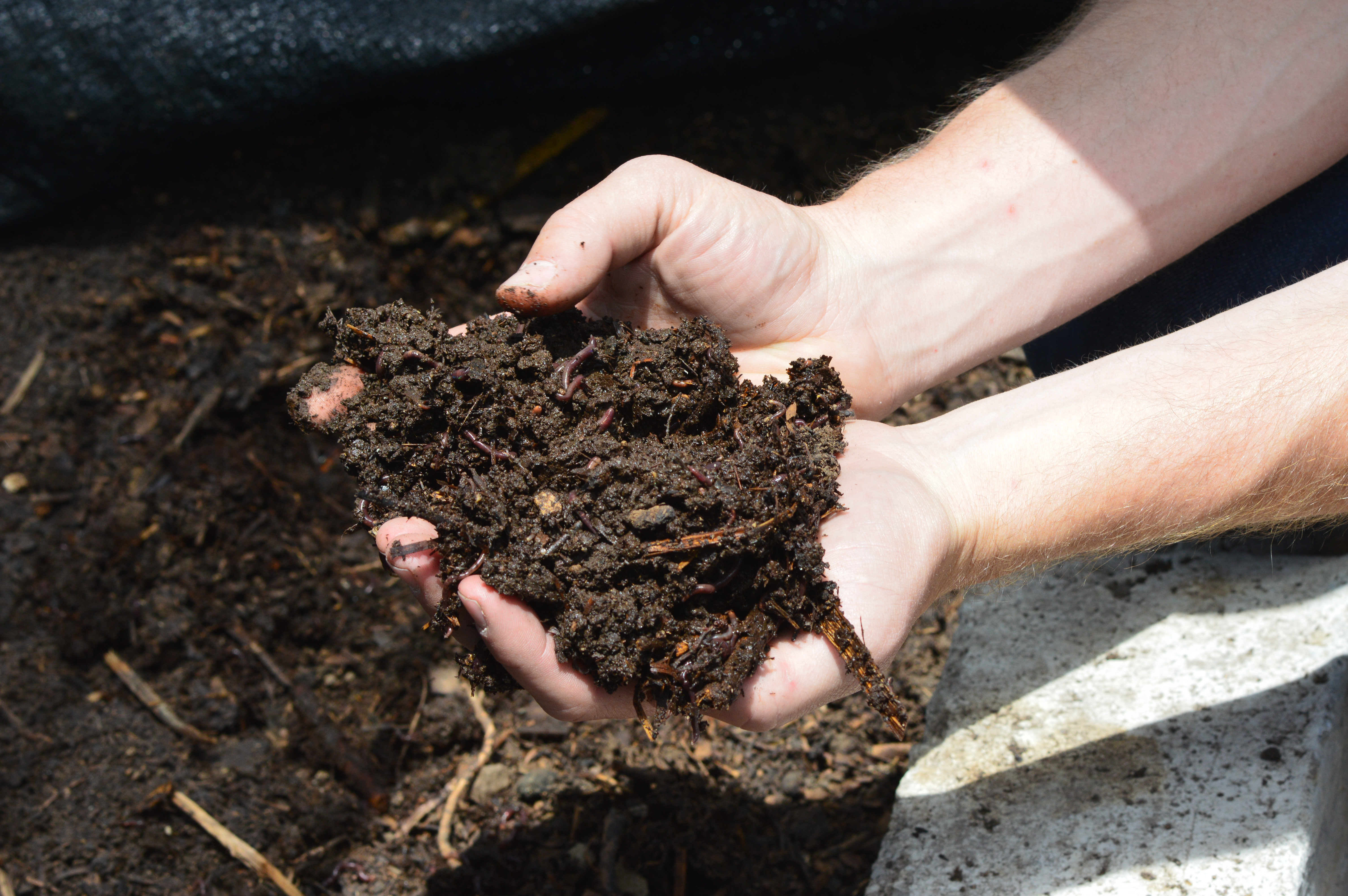It was a nightmarish Iowa blizzard in 1998 that made Seth Watkins rethink the way he farmed.
Before then, he’d operated his family business—he raises livestock alongside hay and corn crops for feed—pretty much as his parents had, utilizing practices like monocropping and unseasonal calving cycles, methods designed to cheat nature. The blizzard, which imperiled the lives of many newly born calves that year, made him realize there must be a better way to steward the land and the animals on it — methods more attuned to the natural scheme of things.

Photo credit: Pixabay
In the 20 years since, Watkins has shepherded in a number of major changes—such as prairie strips, cover crops and rotational grazing—that prevent soil erosion, curb toxic nitrate and phosphorus runoff into nearby waterways, stimulate the biodiversity of the local ecosystems, and improve soil moisture and nutrient content, all the while increasing profits, he said.
These regenerative farming practices also achieve one other key outcome — they improve the soil’s ability to sequester carbon. This is something that brings practical impacts at the local economic level. But soil carbon sequestration also has the potential to tackle one of the single greatest threats to humanity: anthropogenic climate change.
“Carbon is life,” said Watkins. “Carbon really does belong in the soil where it sustains us.”
The science is in: From increased wildfire damage and the threats from rising sea levels, to ocean acidification and the impacts on human migration patterns, the effects of global warming are already being keenly felt. To prevent these developments from turning potentially catastrophic, we must stop the planet from warming 1.5°C above pre-industrial figures, say the world’s climate experts. To do this, global carbon emissions must decrease by about 49 percent from 2017 levels by 2030. Carbon output must be squashed to zero by around 2050. As an indication of how difficult this is going to be, greenhouse gas emissions rose last year in the United States.
Much of the conversation surrounding what to do has our heads turned skyward—reduced emissions from power plants, for example. Many companies are also vying to produce the first to-scale, commercially viable negative emissions technology—one that sucks and stores away more CO2 than it uses.
But a growing number of experts say we need to look downward, arguing that the carbon sequestering capacity of the soil under our feet has the potential to help tackle and reverse, perhaps significantly, human-caused global warming. That’s because soil holds about three times more carbon than the atmosphere. But the way humans have cultivated and managed the planet over millennia—think industrial farming practices and drainage of wetlands—has led to the loss of huge quantities of carbon from the soil. Different estimates pin this number at anywhere from 130 gigatons—one gigaton is a billion metric tons—to 320 gigatons of carbon lost.
So, with a fundamental shift in the way we cultivate the world’s soils to revitalize their carbon content, it is “possible that we could make a major dent” in atmospheric CO2 levels, said Marcia DeLonge, senior scientist in the Food and Environment Program at the Union of Concerned Scientists. DeLonge is far from alone in her thinking.
A recent National Academy of Sciences report discusses how “uptake and storage” of carbon by agricultural soils could be ready for “large-scale deployment.” But the report also warns of the limited rates of carbon uptake by “existing agricultural practices.” And while much research still needs to be done to understand the degree to which soil can sequester more carbon, the myriad “co-benefits” from better land use practices—like improved farm productivity and reduced environmental impacts—means it’s time to give “serious attention” to the issue, DeLonge said.
“Soil can hold a lot of carbon. It can hold a lot more [than it is]. Just how much more is a matter of more research,” she added. “But we can’t be dilly-dallying anymore. We need to be assessing the landscape for opportunities, and then start to take some action.”
Carbon belongs in the soil
Carbon is an essential ingredient of healthy soil, helping it maintain its structure, and water and nutrient content. So, how does it get there? Conventional wisdom has been that carbon is transferred to the soil through decomposing plant and animal debris. But cutting-edge research in soil science is revealing a much more complex set of circumstances at play. One example of this is an evolving understanding of the “liquid carbon” pathway, which describes the way in which liquid carbon—in the form of dissolved sugars formed during photosynthesis—is passed through roots into the soil to support the complex microbial life there.
“We know that organic matter in the soil is super important in terms of promoting crop growth via several mechanisms,” said Lisa Schulte Moore, a professor in the Department of Natural Resource Ecology and Management at Iowa State University. Indeed, carbon levels are an important function of soil’s water-absorbing potential, for example. According to the NRDC, a 1 percent increase in soil organic matter enables each acre to hold onto an additional 20,000 gallons of rainfall (though that finding is dependent on a number of variables, like soil texture).
“You have the fostering of a whole food-web of life in the soil that can help make nutrients available to the crop,” Schulte Moore added. “[While] a third way by which soil organic matter helps promote crop growth is by promoting structure that facilitates root growth.”
Given the symbiotic relationship between soils and the vegetation they sustain, soil carbon loss happens all sorts of ways, deforestation being a prime example. We’re already losing about 18.7 million acres of forests per year. One international studyfinds that, under Brazil’s new president, Jair Bolsonaro, the deforestation rate of the Amazon could triple. At least 33 percent of global wetlands had been lost as of 2009, a recent paper suggests. A certain portion of the world’s grasslands has also been lost to desertification, which is when lands are stripped of their productivity due to things like drought and inappropriate farming methods (though there remain divided opinions as to the exact amount of grassland lost through human practices).
In the U.S., industrial farming practices like monocropping and routine tillage have led to the massive erosion of topsoil, where most of the carbon is stored. “Those practices are things that can be easily avoided,” said Roger Aines, chief scientist of the energy program at Lawrence Livermore National Laboratory. “When we’re dealing with sensitive soils, like in these wetlands and peat soils, you shouldn’t plow them or dig them up. When you’re dealing with soils that could blow away, you should keep a cover crop.”
That said, there is movement away from industrial agriculture toward regenerative farming methods, as evinced by the “4 per 1000” initiative launched by the French in the wake of the Paris Climate Conference in 2015. The overarching thrust of this initiative? That an increase by 0.4 percent a year in soil carbon content would “halt the increase in the CO2 concentration in the atmosphere related to human activities.” Same here in the U.S., where a farm in Northern California, for example, eschews plowing and weeding and all chemical or organic sprays in favor of a compost-intensive model. It apparently produces 10 times the average per-acre income of comparable California farms.
Holistic grazing—a method of farming that ties livestock production to the cycles of nature, all the while minimizing bare ground and maximizing plant mass—is an “extremely valuable tool” in the fight against climate change, said Karl Thidemann, co-founder and co-director of Soil4Climate, a non-profit advocating for different land use practices. “I’ve been to many grazers who have begun using this practice,” said Thidemann. “All of them have told me how important it has been to their financial situation, and to the environment and to the ecology of these areas.”
Charles Eisenstein is a teacher and writer focusing on themes of civilization and the human cultural evolution. In his most recent book, “Climate: A New Story,” he discusses syntropic agriculture, which has revitalized devastated areas of land in Brazil, turning them into thriving agroforests, all within the space of 30 years. “Part of my work involves challenging the basic direction of human civilization,” he said. “And I think the change that the current ecological crisis is leading us into goes that deep.” The problem, added Eisenstein, will be in enacting these sorts of changes in time to make a difference.
Indeed, Seth Watkins discussed how, in Iowa, there’s a prominent vein of thinking, grounded in the Bible, which encourages farmers there to manage intensively every inch of their land. “Something I’ve asked myself is, ‘how do we start having these conversations in church basements?’” said Watkins. “I don’t know what happens when we die for sure, but what I’ve studied about it is that we’re supposed to try to do the best we can with what we have. We’ve got to be good stewards of the land.”
Reposted with permission from Common Dreams






